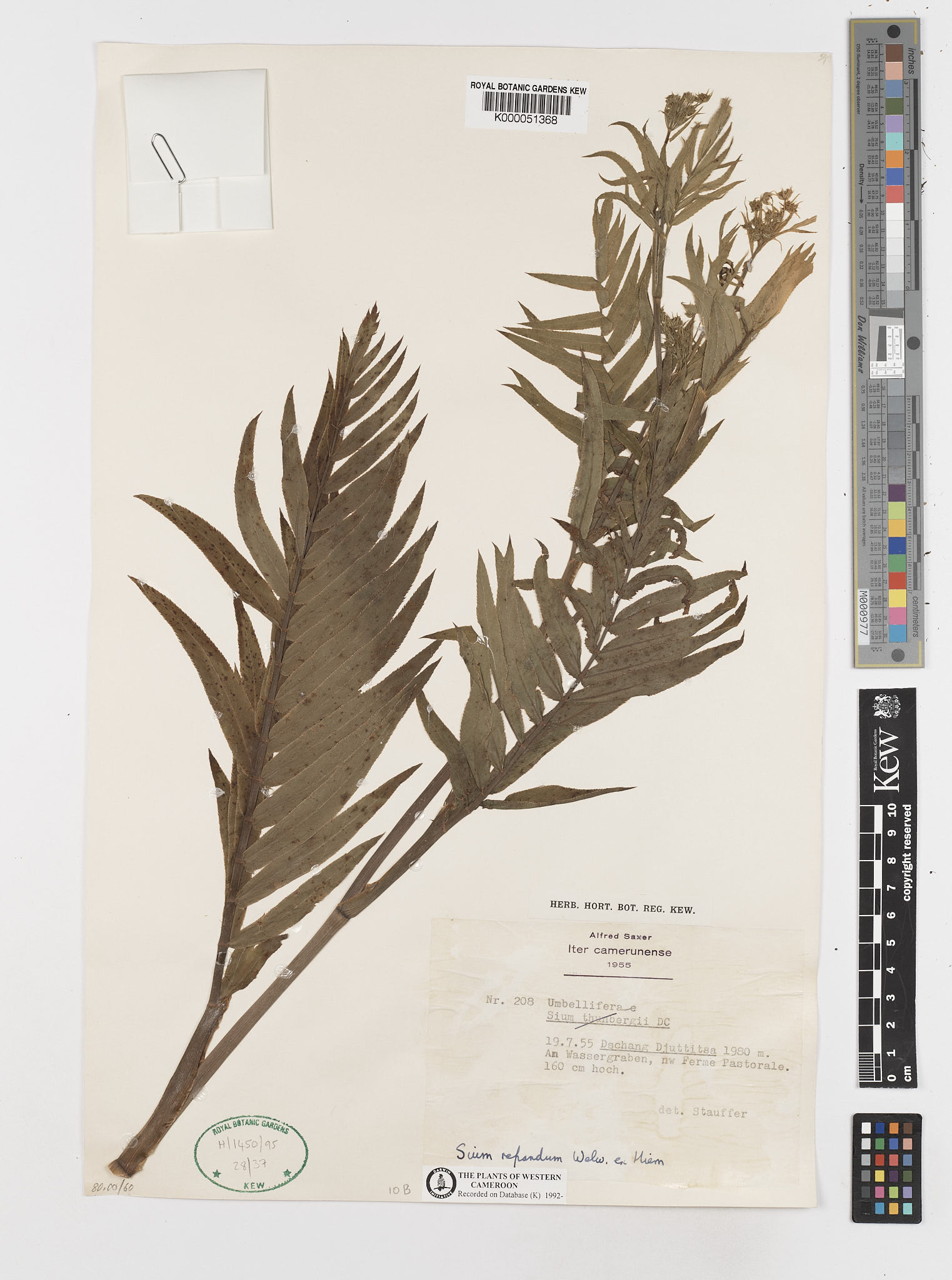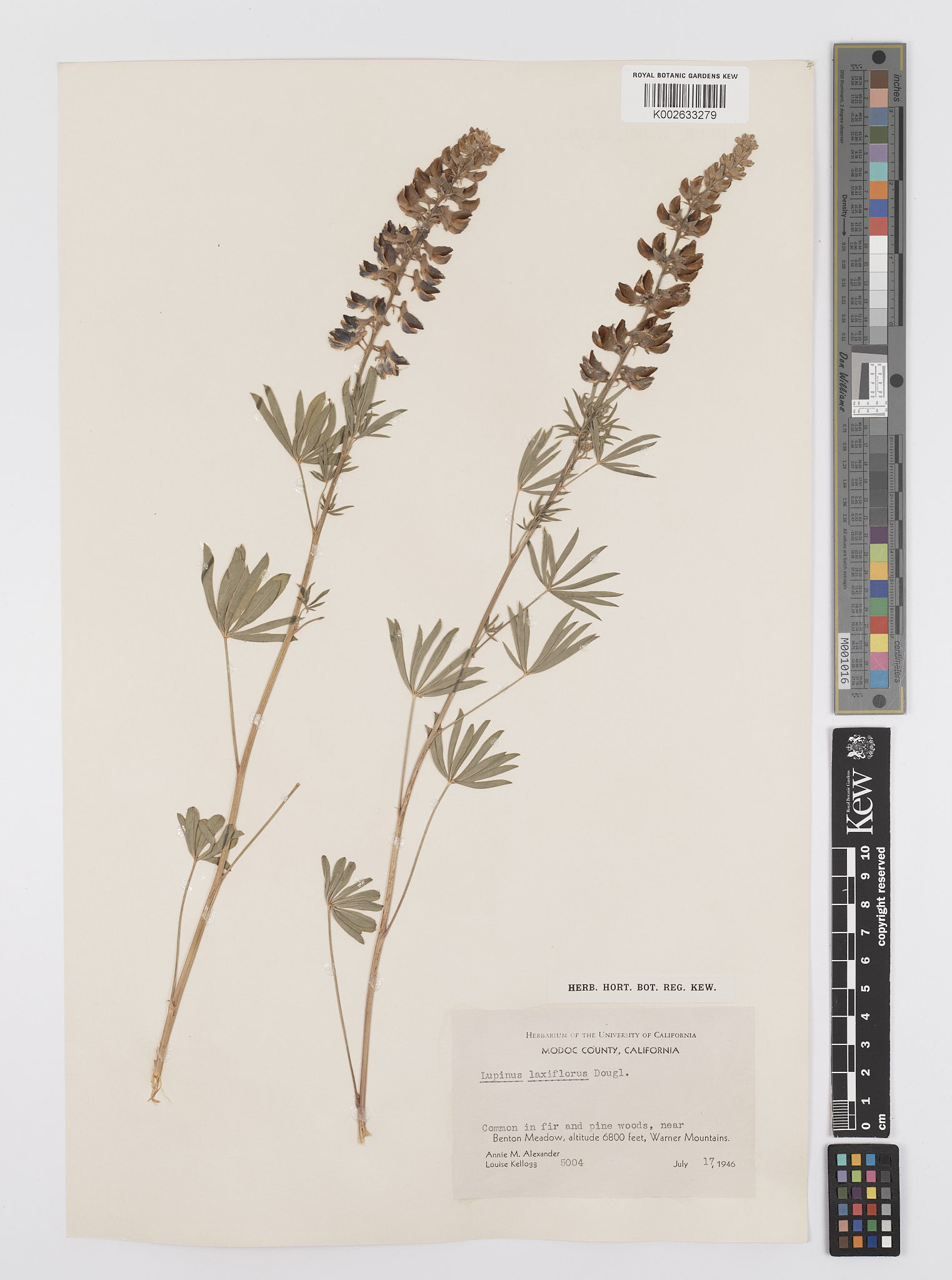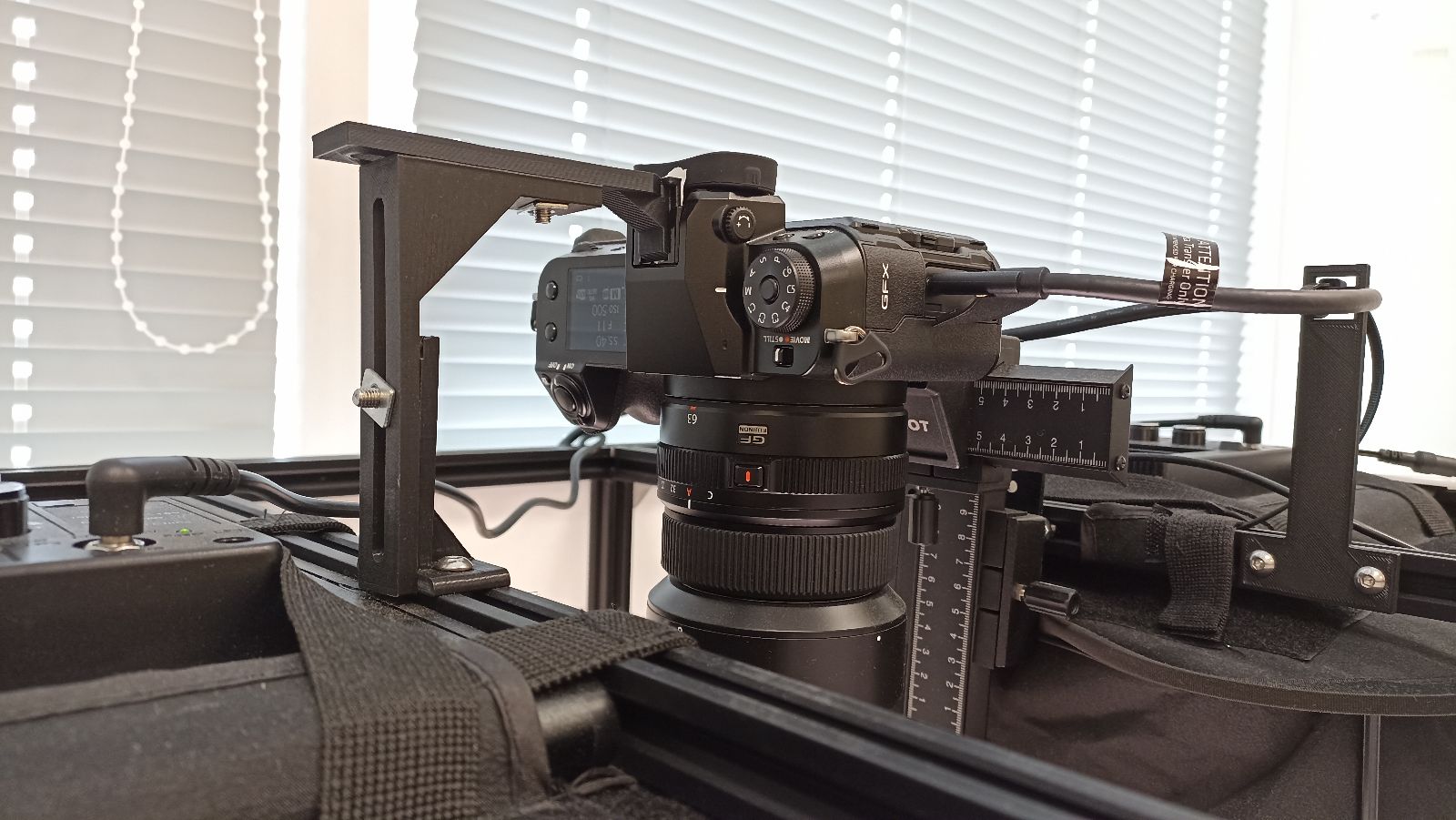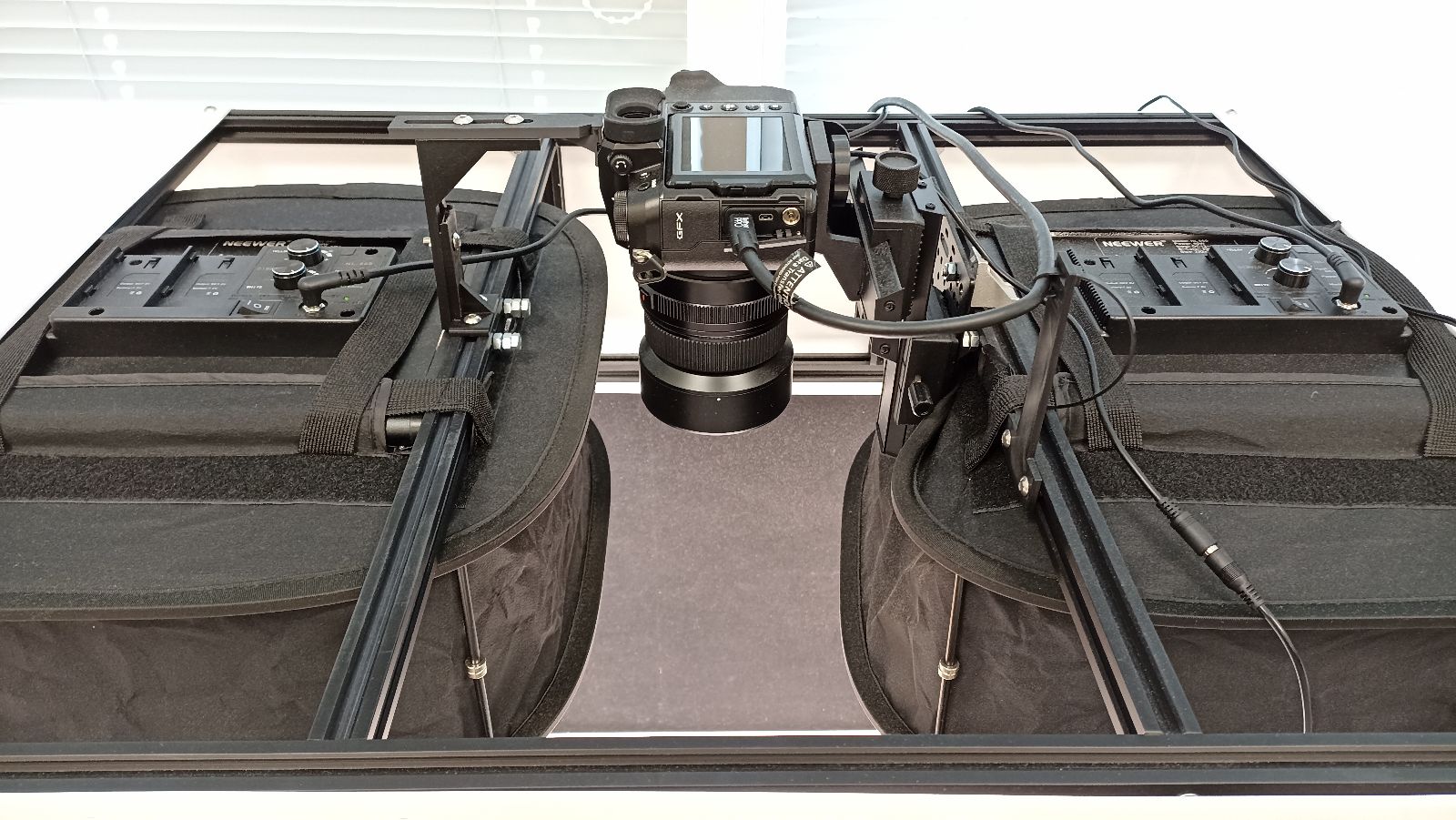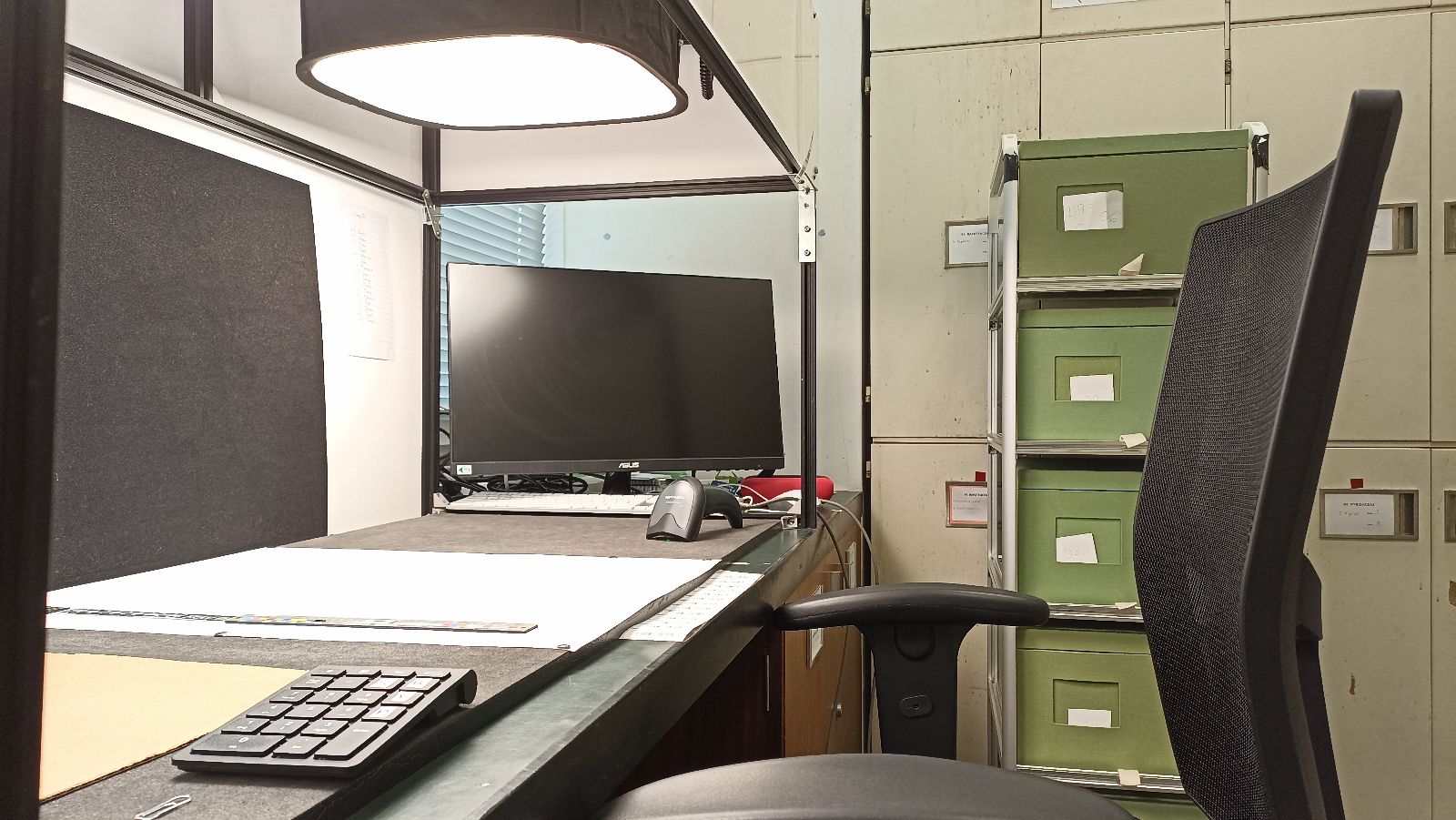Herbarium Digitisation & Equipment: Kew and Beyond
Max Communications is over two years into the digitisation of the herbarium at Royal Botanic Gardens Kew. Currently ahead of schedule, the project involves digitising, transcribing, and recording metadata from a collection of over six and a half million plant specimen sheets. Leveraging the capabilities of Max Communications' bespoke project management software, Themis, the team is maintaining high levels of accuracy and productivity. The project captures over 17,000 images daily, with cloud-based software ensuring seamless remote transcribing. Digitisation has unveiled historical treasures, including specimen sheets signed by Charles Darwin, dating back to 1794. This initiative underscores the crucial role of digitisation in preserving essential archives and botanical history and the effectiveness of cutting-edge software in successful project management.
As the UK's leading commercial provider of digitisation for delicate historical natural science collections, Max has developed specific expertise in this and associated areas. Max does not use conveyor-belt systems to handle precious natural science collections, favouring instead bespoke, flexible, space-sensitive solutions to deliver digitisation as close to the collection's permanent storage as possible. We have delivered bespoke training and capture stations to such remote organisations as Centre Val Bio in Madagascar . We also provided a full-line digital service (capture, including metadata harvesting and taxonomy management, and a front-end platform for discoverability) for La Société Guernesiaise & the Guernsey Herbaria.
DIGITAL CAPTURE STATIONS FOR HERBARIA AND ENTOMOLOGY
Max is pleased to announce the launch of a new entomology capture station, "Hera", developed through direct consultation with our life sciences clients and in partnership with Fujifilm. Hera complements our successful herbarium capture station, "Gaia". These can be purchased outright if required and details of both digital capture stations, along with all of the other services we offer, can be found in our brochures page. If you would like to discuss any of the above with us, or would like advice on your natural science digitisation project, please do not hesitate to get in touch via our contact form or by emailing us at [email protected].
THE IDEAL COMMERCIAL PARTNER FOR AHRC—DiSSCo FUNDING Max Communications is keen to assist in the digitisation of UK natural science collections and is the ideal commercial partner to supply training, equipment and digitisation services as part of the recent AHRC—DiSSCo funding call, which was launched in July 2025. This funding provides an unprecedented opportunity for UK natural science collections of all sizes to join resources with larger organisations and achieve the digitisation of their collections. We are very happy to enter into discussion and to offer assistance to any organisation interested in bidding for this funding.
Kew Digitised Samples
This gallery displays digitised samples taken from the Kew digitisation project. Clicking on the image thumbnail will take you to a full sized zoomable version. Doing so will allow viewers to get an appreciation of the image quality of the digitised material. The systems are installed with Fujifilm GFX 100S cameras which allow us to capture each specimen at over 600dpi. High CRI LED lighting is used to ensure accurate reproduction of colour and tone, producing a digital facsimile. We follow FADGI 3-star standard as a minimum for the Kew Gardens project however we aim for FADGI 4-star where possible to create the best images possible.
Technical Set Up Gallery
The setups for Kew required a bespoke solution due to the environment in which the material was to be captured. Some of the old herbariums have narrow walkways, making it challenging to move equipment around. Our solution involved building collapsible capture stations, providing us flexibility in the spaces we could capture.



